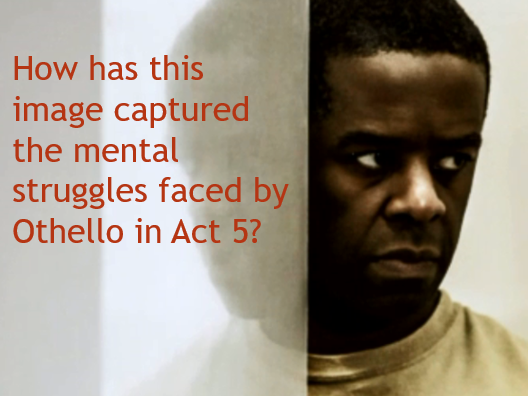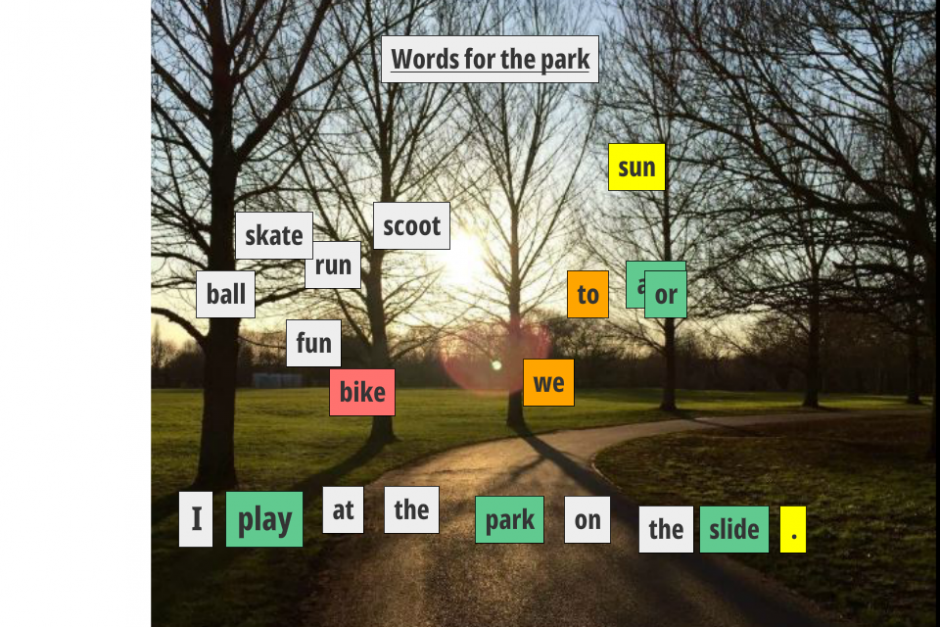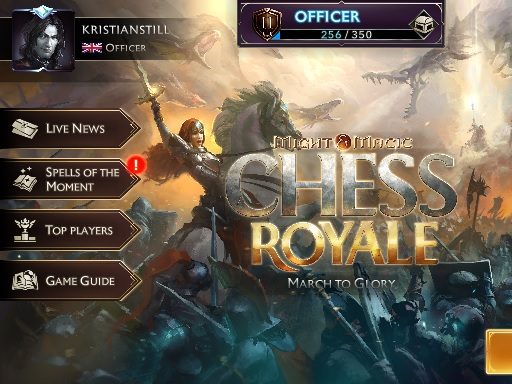I am beginning to conceive curriculum execution as two-step process. Planning what to teach (planning with the end in mind), then sequencing what has been planned. Though ‘planning’ is essential, ‘plans’ can be constraining when learning goes on an edventure (where a lesson goes off-piste and has value). This thinking was consolidated when I reviewed the Year 9 final assessment for Shakespeare’s Othello. An assessment that required students to review the character of Othello at the start and end of the play. How did I get to this point in my thinking? It is some way down the chain.
School Curriculum Planning and Sequencing
What is planned is dependent on the school context and intake, the academic priorities, the school’s physical and human resource, the size of the school, the organisational structure or model, department allocations. The considerations go on, the school’s curriculum maturity,preferred planning frame (S-planning) the applied pedagogical framework (eg Rosenshine, mastery, DI), organisational capacity (centralised, decentralised, stand-alone school or school group)…
Department Curriculum Planning and Sequencing
Taking a step down a level – adopting the school curriculum plan within the subject area, within the Key Stage plan, within the Year plan is no small feet. I am also cognisant of the fact that the macro English curriculum plan, itself planned and sequenced, sets within, and contributes to, the school curriculum plan and priorities.
Enacted at the department level. We met as a team. Teachers working on a mid-term plan, with signposted key discussion points and big ideas, interim written responses and two summative assessments (since reduced to one). A unit outline, with six landmarks, a broad overview of the text, placed in the front of student books.* This is a Key Stage 3 plan, not Key Stage 4 lite.
There is an assessment focus and assessment criteria. There is both standardisation and moderation practice. There is a homework process currently being systematised.
All that planning and sequencing, and more, is executed, before a teacher even meets with a class.
A knowledge organiser in the back for the classes I teach.*
Teacher Planning and Sequencing
I was not surprised by the depth of knowledge that contributed to the planning and sequencing undertaken as a teacher. Planning and sequencing are possibly the two most important pre-teaching tasks a teacher undertakes. Planning cycles (meso and macro), refining / enhancing content and contextual knowledge, deciding assessment practice, addressing assessment criteria. In this unit, I have focused on and explored ways of developing a “Cultures of Thinking,” around themes and for analysing ‘the character of’ – Othello. I had conversations within the department, with colleagues online and ensured I have committed to the whole school approach of ‘S’ planning. All this, before responding to three important questions teachers should be able to respond to, once teaching has begun.
- Evidence you know the children, context, background and their needs.
- Evidence how you have met those challenges, by the learning design you create.
- Evidence it is working and how you plan to make it better.
Evidence you know the children, context, background and their needs.
I have a class profile: prior attainment, reading ages, SEND plans, PP, EAL. Each micro assessment adds to my knowledge of their individual strengths and weaknesses, contributing a learning focus point for the next assessment. Each assessment also contributes to an academic profile of the class and any gaps in delivery.
Evidence how you have met those challenges, by the learning design you create.
After each assessment, teachers’ have gained new intelligence. Class intelligence and per student intelligence. From which a teacher can target, group, assign learning, to address this knowledge of a) the class and b) the student. Of course, requiring flexibility in the plan and discretion in the sequence.
Evidence it is working and how you plan to make it better.
The subsequent cycle, informs me if the decisions made, are working.
Reflecting on plans and sequences
I explicitly introduced the three themes of Othello: honour, betrayal and love. Providing explicit examples of each and non-examples. The plan and sequence of three reviews was fulfilled. The routine of ‘making the themes of Othello concrete,’ contributed reliable insights into the play. The three representations / diagrams the students created were very different. Exploring the changes in the diagrams / the character of Othello was revealed. It help make the students thinking concrete.
In hindsight, I would have placed less emphasis on the character of Iago, allotting that teaching time on the representation of the character of Othello by other characters in Act 1.
Assessment is used to ensure that we, the teacher, are receiving accurate information about a student’s understanding. Back to the focus on the ‘character of x’ for which I have good evidence the students understood.
Here the student is comparing the character of Othello in Act 1 with that of Act 5. I was impressed by her creative use her textual reference and attempts to contrast two very different characterisations of Othello.
In Act 1, Scene 2 Othello says “I must be found: My parts, my title and my perfect soul/ Shall manifest me rightly” this sums up who Othello is. His ‘parts’ are his merits, his ‘title’ is his position as a Venetian general and his ‘perfect souls’ is his marriage to Desdemona. This suggests that Othello has everything and is found, leaving nothing to search for. However, in Act 5; which juxtaposes Act 1, Shakespeare presents Othello differently which changes the audience’s emotions towards Othello. As Iago responds, “He is much changed.” The transformation in Othello is seen when he attacks Desdemona verbally and physically leading him to murder his innocent wife. Another evidence that shows Othello’s transformation is his development of his misogynistic view towards women, this view is shown when he calls Desdemona a ‘whore.’
Year 9 response.
Her conclusion makes direct reference to the three theme assessment points, with her answer offering three references, from the three points where we paused as a class.
Shakespeare throughout the play tries to play with audiences emotions from feeling superior towards him to feeling vexed during the middle of the play leading the audience to feel sorrowful at the end. As Othello changes character several times, as an audience we learn how not to be gullible and jump to conclusions as we can regret our actions later.
Year 9 conclusion
I hat tip to @SPryke2 – following our conversation on what ‘Shakespeare has to teach us.’ I think this student has a clear perspective.
Will the plan change for next year. Yes. More focus on the character of Othello in Act 1, less Iago, less Act 3.3. More of human frailty.
Would the sequence change? Probably not.


